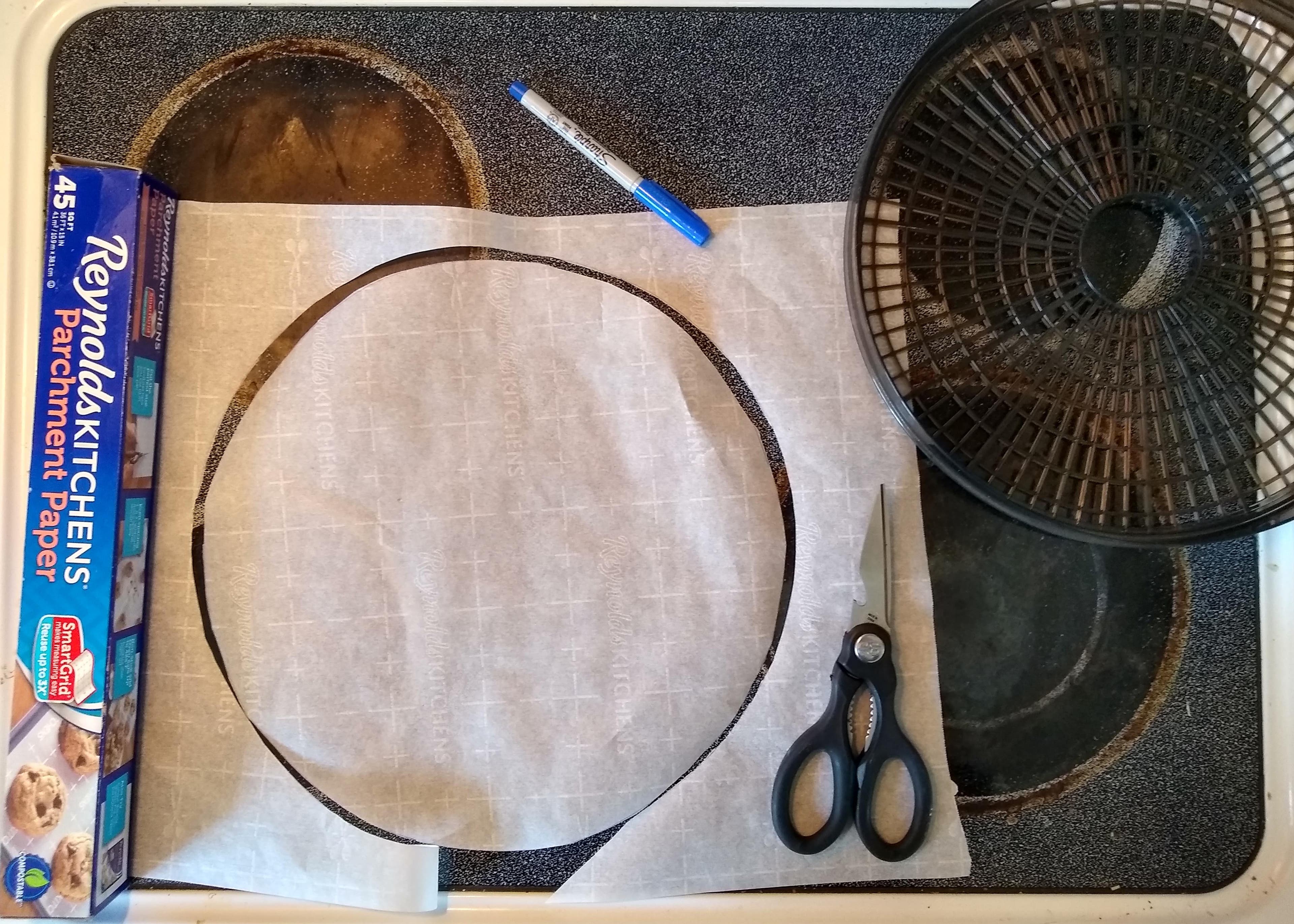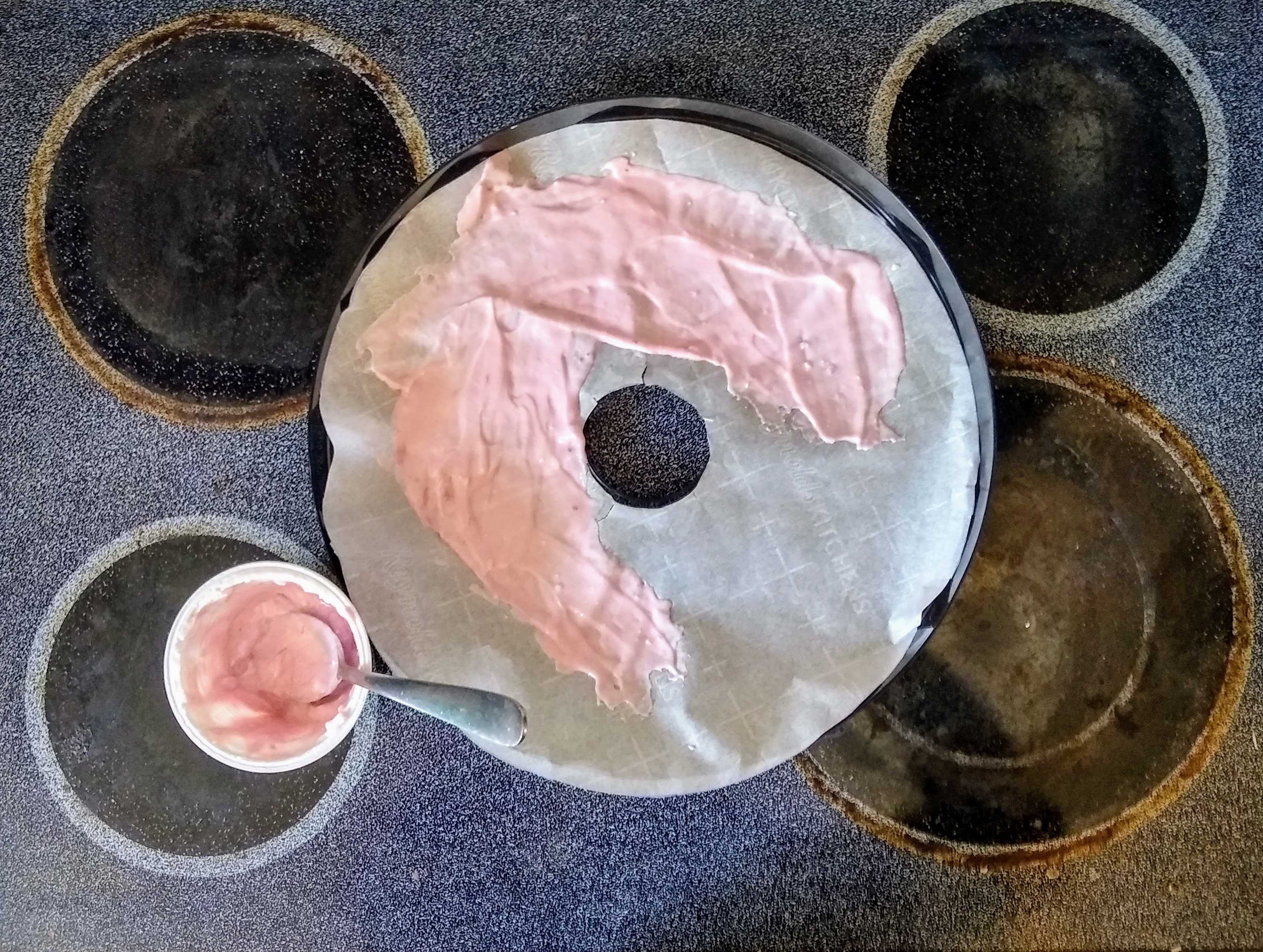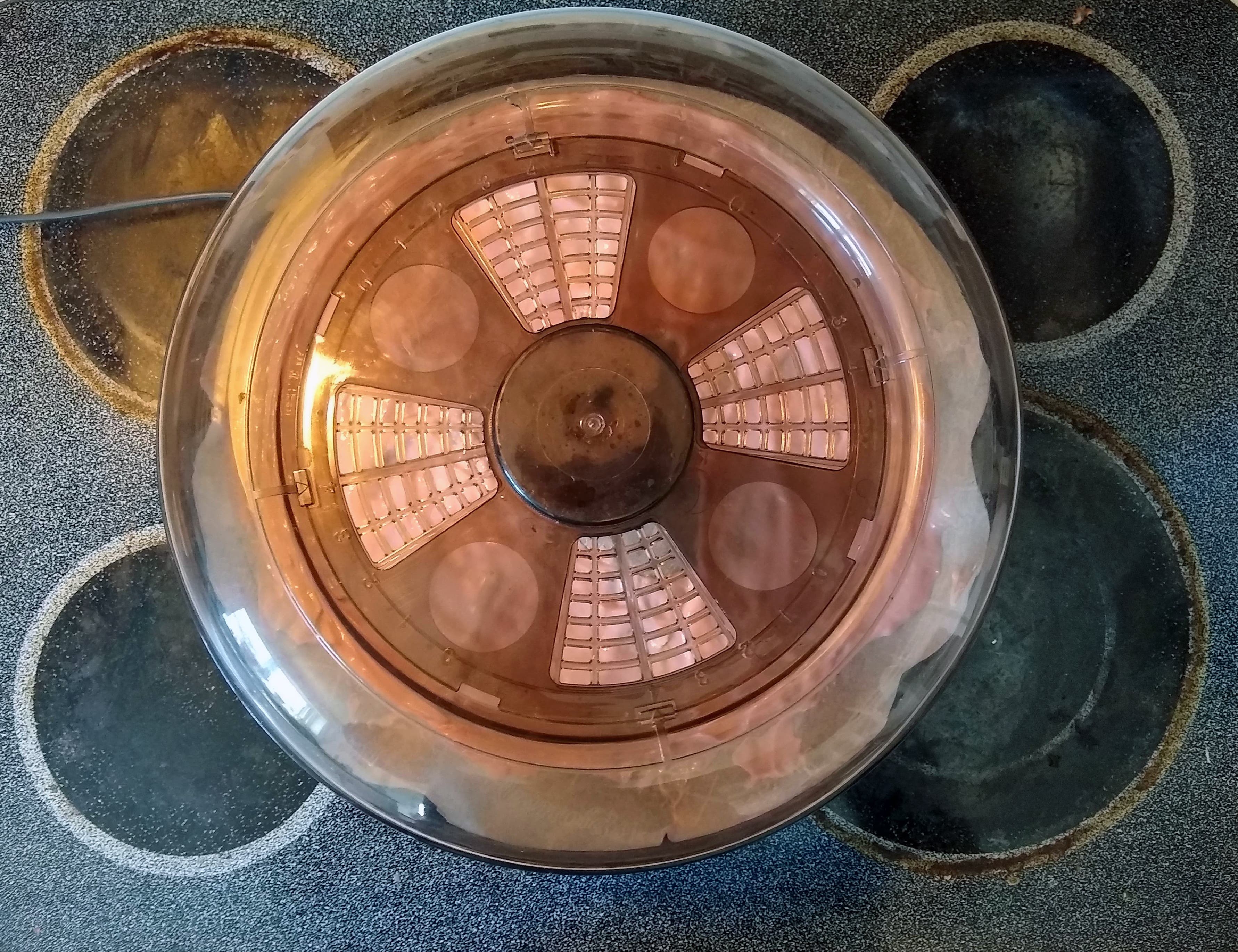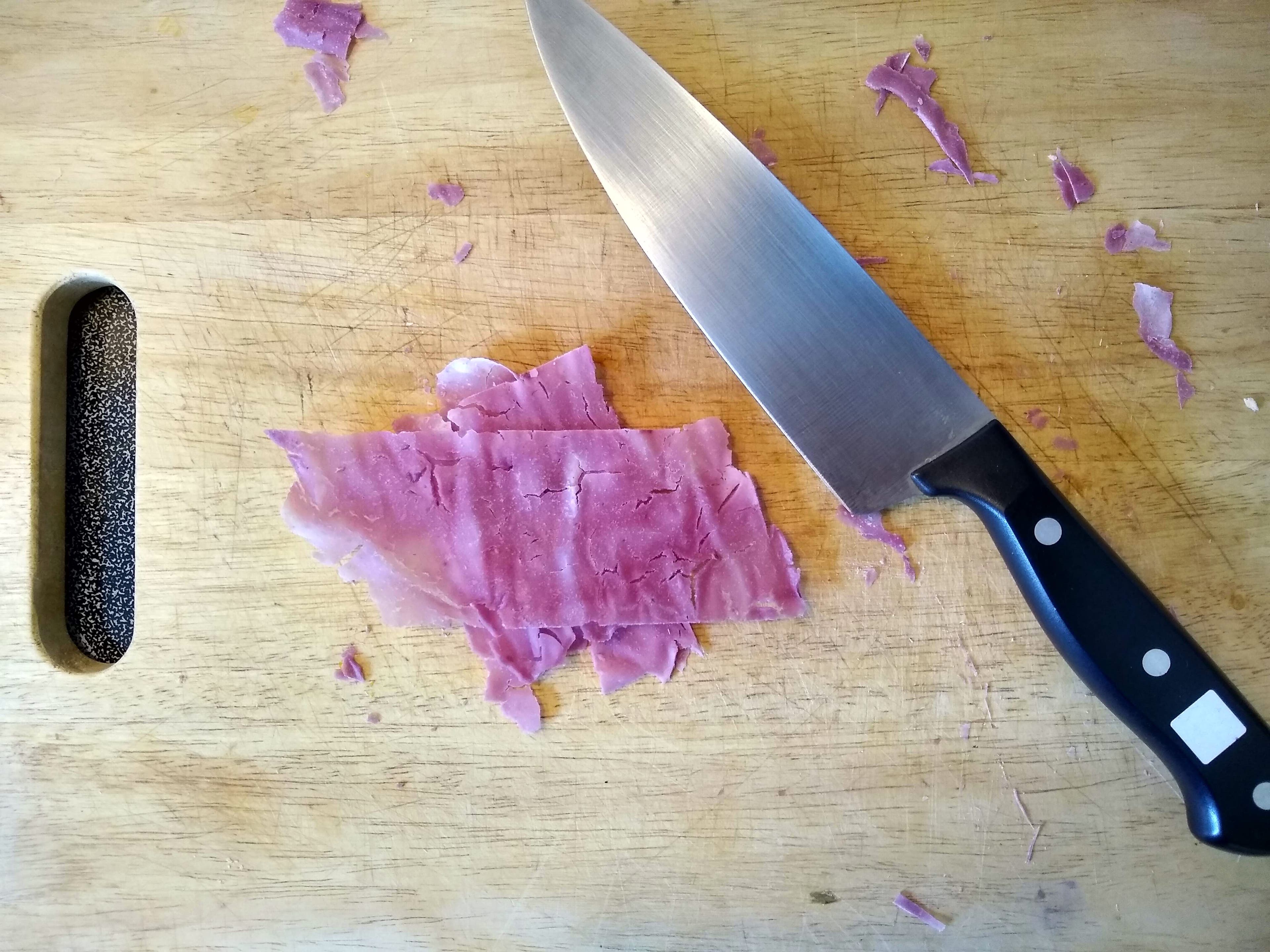How to Make Yogurt Leather for Backpacking

Fruit and yogurt is one of my favorite breakfasts at home: It’s a perfect hit of carbs and protein, and its tangy-sweet flavor always hits the spot. Taking that dairy breakfast onto the trail is a little complicated, however.
If you want to enjoy yogurt while you’re backpacking, you have a couple of options. If you’re a real mad scientist, you could follow our former skills editor’s lead and make your own yogurt on the trail using dehydrated milk and cultures. (Yes, this recipe actually works; I watched her make it in a water bottle on top of her desk.) But the easier option is to dehydrate yogurt and fruit at home and bring it with you. Here’s how.
Step 1: Gather Materials

You’ll need the following supplies:
- A dehydrator: Any model will do. If you don’t have a dehydrator, you can set your oven to its lowest setting and prop the door open, just keep an extra-close eye on your yogurt leather to make sure it doesn’t scorch.
- Parchment paper: You’ll use this to line the tray of your dehydrator. You can also use a silicone mat or tinfoil.
- Greek yogurt and fruit: The easiest option is to buy individual fruit-on-the-bottom yogurt cups—just be aware that any added sweetener will increase dehydration time. If you’d rather do it yourself, you can blend pectin-rich fruit and plain Greek yogurt in a 1:1 ratio. (Don’t feel like breaking out the blender? Mix your yogurt with applesauce.)
Step 2: Line Your Tray

If you’re using parchment paper or aluminum foil, trace the outline of your tray onto it with a marker and cut it out with scissors. You’ll be spreading yogurt onto it, so try to make it lay as flat and smooth as possible.
Step 3: Spread the Yogurt

Here’s where you’ll need some finesse. You want to make sure that your yogurt is thin enough that it dries, but not so thin that it crumbles. Think fruit leather, a millimeter or two thick.
Step 4: Dehydrate

Turn your dehydrator to medium (if it has temperature settings) and settle in: Your yogurt will take 3-5 hours to dry, depending on sweeteners and how thickly you’ve spread it. Check every half hour or so. When the yogurt has dried out and you can peel it away from the tray liner, it’s ready. Some cracking is normal, but it shouldn’t be brittle.
Step 5: Enjoy!

Trim your yogurt leather into rough strips and store in an airtight container. It’s delicious on its own as a snack; you can also cut it into small pieces and mix into your GORP or add it to your morning oatmeal for an extra hit of flavor and protein. If you want to rehydrate it, knead it in a zip-top bag with lukewarm water until it reaches your desired consistency.